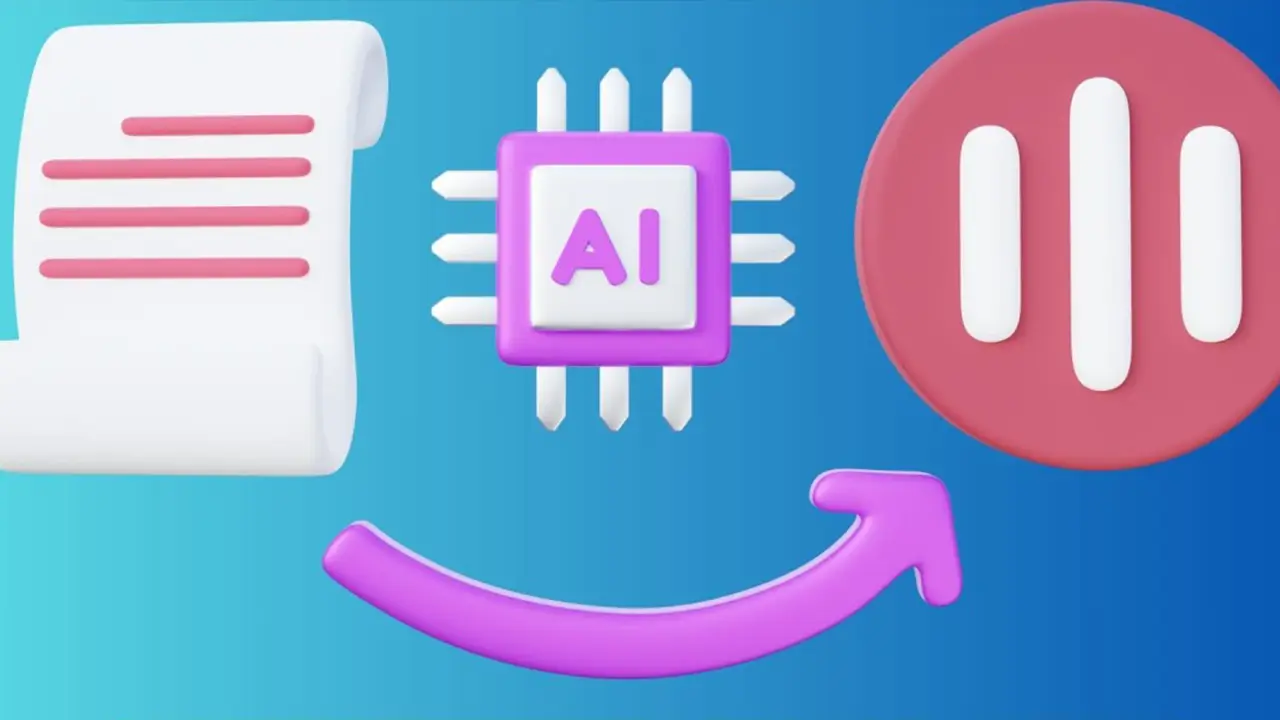 Text-to-audio AI refers to technologies and applications that convert written text into spoken audio. This can be useful for various purposes, such as creating audiobooks, voiceovers, accessibility tools, and more. Here are some key aspects and tools related to text-to-audio AI:
Text-to-audio AI refers to technologies and applications that convert written text into spoken audio. This can be useful for various purposes, such as creating audiobooks, voiceovers, accessibility tools, and more. Here are some key aspects and tools related to text-to-audio AI:
Key Features
1. Natural Language Processing (NLP): These systems analyze the text to understand context, intonation, and emotion, allowing for more natural-sounding speech.
2. Voice Selection: Users can often choose from various voice types, accents, and genders to customize the audio output.
3. Adjustable Speed and Tone: Many tools allow users to modify the speed and tone of the speech to suit their preferences.
4. Multi-Language Support: Many text-to-speech applications support multiple languages, making them accessible to a global audience.
Popular Tools and Services
1. Google Text-to-Speech: A widely used service that integrates with various Google products and Android devices.
2. Amazon Polly: A cloud service that converts text into lifelike speech, allowing developers to create applications that talk.
3. IBM Watson Text to Speech: Offers customizable voice options and can be integrated into various applications.
4. Microsoft Azure Cognitive Services: Provides a powerful API for converting text to speech with multiple voice options.
5. Natural Reader: A user-friendly software that can read text aloud from documents, PDFs, and web pages.
Applications
– Accessibility: Helping visually impaired individuals access written content.
– Education: Assisting students in learning through auditory means.
– Entertainment: Creating audiobooks and voiceovers for videos.
– Customer Service: Powering chatbots and virtual assistants.
If you’re interested in exploring any specific tools or need help with something related to text-to-audio AI, let me know!
0 Comments